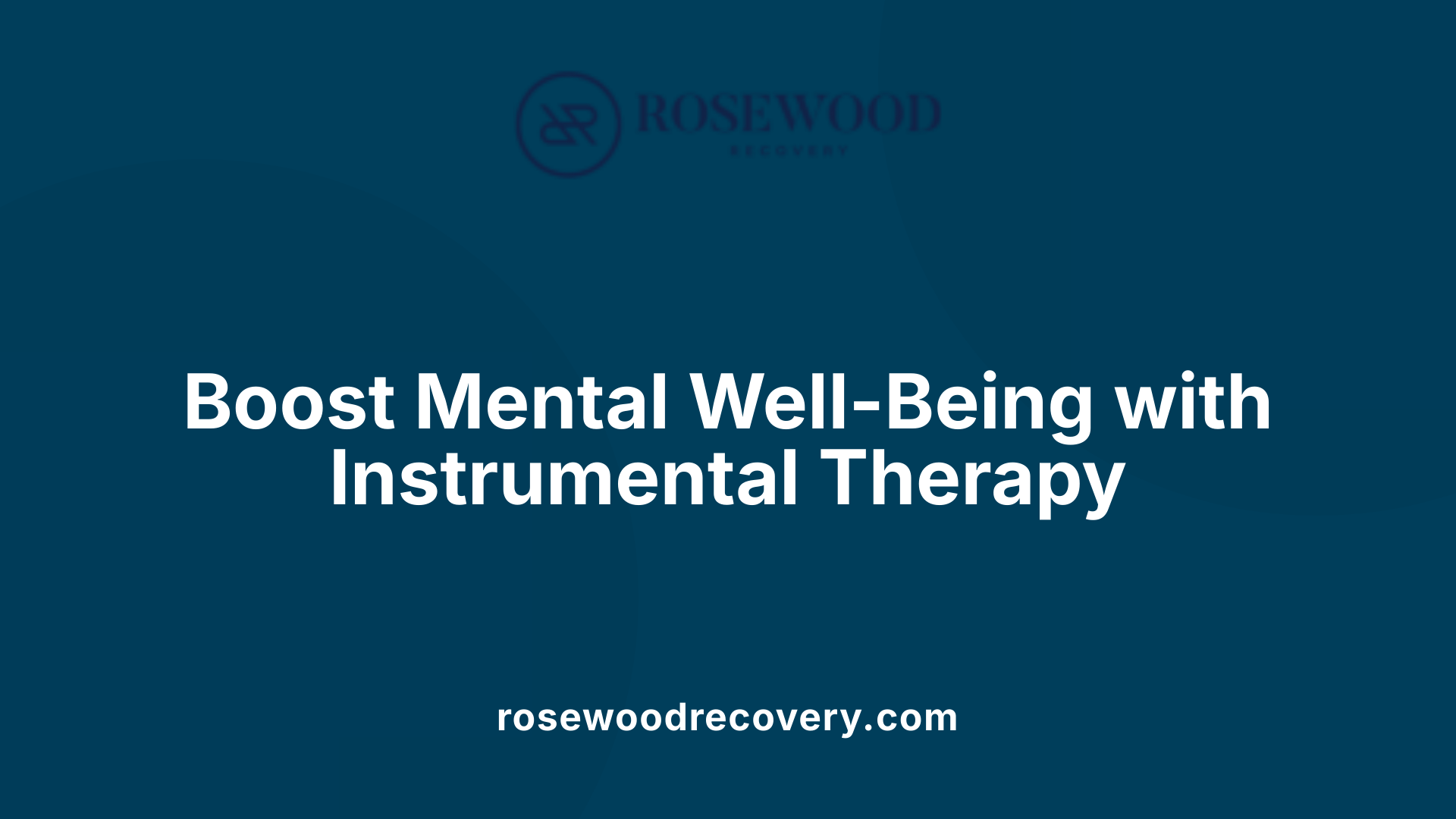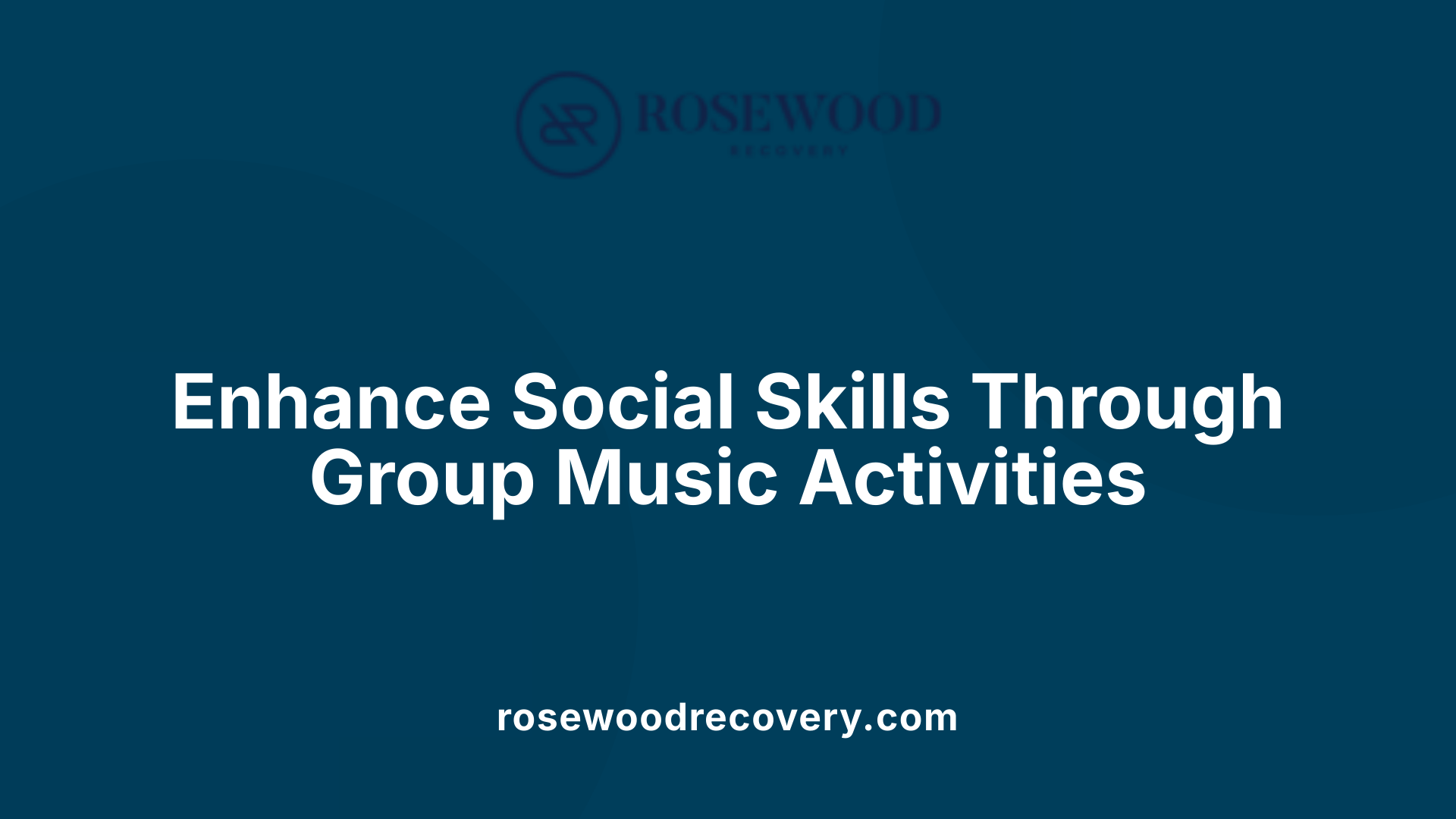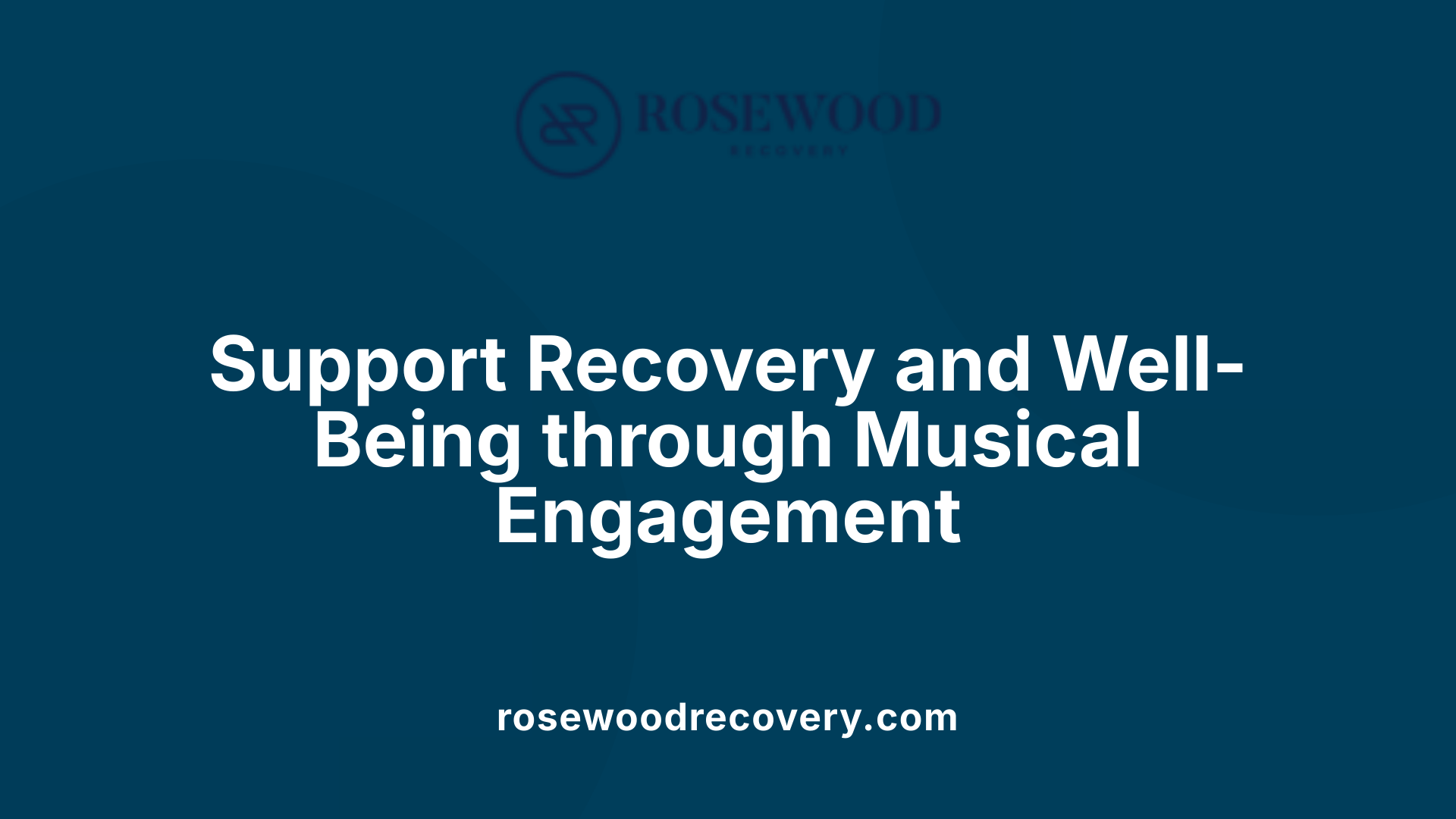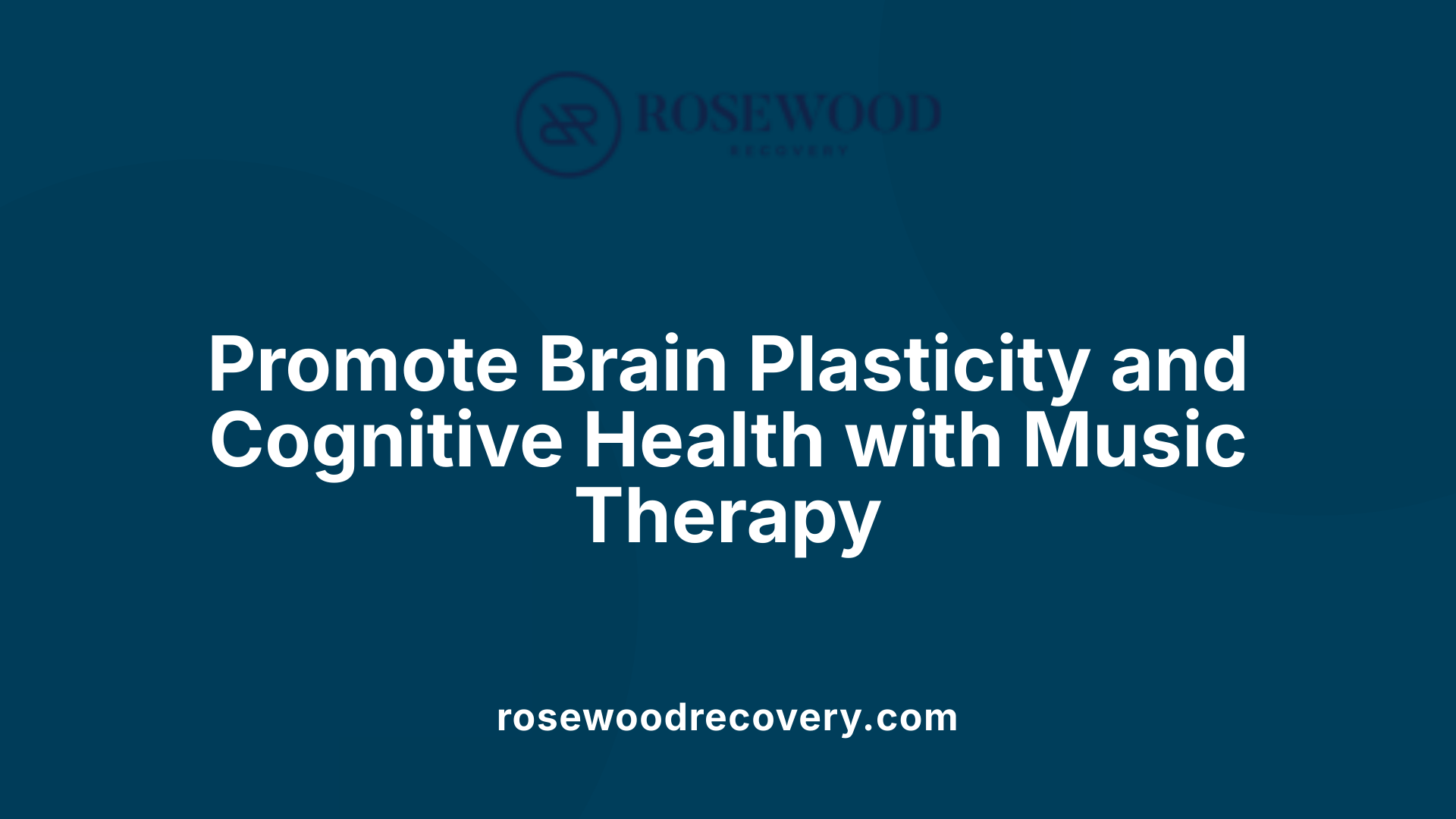Introduction to Musical Interventions in Therapy
Music therapy, an evidence-based clinical practice, utilizes musical elements such as sound, rhythm, and harmony to foster physical, emotional, cognitive, and social well-being. Central to this practice is the active engagement with musical instruments, which significantly amplifies therapeutic outcomes by stimulating multiple brain regions, promoting neuroplasticity, and fostering emotional expression. Whether used with children, older adults, or recovery patients, musical instrument participation offers a versatile, enjoyable, and powerful means to facilitate healing, growth, and resilience across diverse health and developmental contexts.
Educational and Cognitive Benefits of Instrument Playing in Therapy
What are the positive impacts of music therapy involving instrument playing from an educational perspective?
Playing musical instruments as part of therapy offers numerous educational advantages, particularly in enhancing brain development and academic skills. Engaging actively with instruments stimulates various brain regions, improving auditory processing, fine and gross motor coordination, and overall cognitive functions.
Research indicates that children and adults who participate in instrument-based music therapy develop stronger literacy skills, better verbal memory, and improved executive functions such as planning and problem-solving. These foundational skills are crucial for success across multiple academic areas.
Beyond the cognitive improvements, instrument playing nurtures perseverance, responsibility, and creativity. Learning to master an instrument involves practicing consistently, caring for the instrument, and setting personal goals, which builds resilience and discipline.
Moreover, musical training induces structural brain changes that enhance neural connectivity. These changes can strengthen skills that are directly transferable to school work, such as reading fluency, mathematical reasoning, and language comprehension.
Overall, integrating instrument play into therapy programs enriches educational experiences by fostering emotional, social, and cognitive development. The skills gained from musical engagement encourage motivation, confidence, and a lifelong appreciation for learning.
Physical and Motor Benefits of Instrumental Engagement in Therapy

What are the physical health advantages of musical instrument participation within music therapy?
Engagement with musical instruments in therapy settings offers numerous physical health benefits. Playing instruments like drums, ukuleles, or percussion instruments can significantly improve motor skills, manual dexterity, and coordination. For example, drumming activities enhance fine and gross motor control, helping patients regain movement functions after neurological injuries like strokes.
Moreover, instrument playing involves physical activity and deep breathing, especially with wind and brass instruments. Wind instruments in particular promote deep respiratory exercises, strengthening the lungs and improving breath control. This not only boosts respiratory health but also contributes to better overall cardiovascular function.
Bilateral hand movements required for playing many instruments provide bilateral stimulation, which can help in neurological reorganization and recovery, reducing symptoms associated with motor impairments.
Playing instruments can involve physical exertion that fosters muscle tone and endurance, supporting physical fitness. It also helps to lower stress hormones like cortisol, thereby enhancing immune function and reducing the risk of chronic illnesses.
Overall, combining physical activity with musical engagement promotes holistic health—improving coordination, strength, respiratory capacity, and reducing stress—making it a valuable component of therapeutic interventions.
Emotional and Psychological Healing Through Instrumental Playing
What are the emotional and psychological effects of music therapy involving instrument playing?
Playing musical instruments in therapy settings offers profound benefits for emotional and mental health. Engaging with an instrument like drums, guitars, or wind instruments can reduce feelings of stress, anxiety, and depression. The act of playing music serves as a powerful outlet for emotional expression, allowing individuals to communicate feelings that might be difficult to articulate verbally.
Music therapy involving instruments fosters increased emotional awareness. Participants learn to identify and understand their emotional states as they create or respond to music. This heightened self-awareness assists in processing complex emotions, including trauma and grief, within a safe, supportive environment.
Moreover, actively playing instruments enhances resilience by building confidence and a sense of accomplishment. It also encourages social connection, especially in group settings where cooperation and shared musical experiences foster a sense of community and belonging.
Neuroscientific research shows that instrument playing activates brain areas associated with emotion, reward, and cognitive control. This neural engagement leads to mood improvements and better emotional regulation. Overall, music therapy with instruments provides a multifaceted pathway to healing, promoting emotional release, increased self-esteem, and mental health resilience.
Mental Health Improvements from Musical Instrument Therapy
 Playing musical instruments in music therapy provides a range of mental health benefits that enhance emotional and cognitive well-being.
Playing musical instruments in music therapy provides a range of mental health benefits that enhance emotional and cognitive well-being.
One of the most immediate effects of engaging with musical instruments is the release of chemicals like dopamine and endorphins. These neurochemicals are associated with feelings of pleasure, happiness, and stress relief, helping to lift mood and decrease anxiety and depression.
Beyond the emotional benefits, playing instruments in therapy improves key brain functions. It enhances attention span, supports working memory, and boosts planning and organizational skills. These cognitive improvements can help individuals better manage daily tasks and cope with mental health challenges.
Research indicates that consistent musical training and instrument playing may also help protect against age-related cognitive decline. By strengthening neural pathways and promoting brain plasticity, music therapy can reduce the risk of developing dementia and support brain resilience later in life.
Participation in group music activities fosters social bonds and a sense of community. Making music together encourages cooperation, communication, and shared achievement, which can reduce feelings of loneliness and promote social cohesion.
Overall, incorporating musical instrument playing into therapy offers a holistic approach to mental health, benefitting mood, cognition, emotional regulation, and social connection. These combined effects make music therapy a valuable tool for improving mental health across all ages.
Facilitation of Social Skills Development via Musical Instruments

How do musical instrument activities in therapy facilitate social skills development?
Musical instrument activities in therapy provide engaging, structured environments where individuals can practice essential social skills such as turn-taking and cooperation. For example, passing instruments in a circle, participating in group improvisation, or playing together in drum circles require participants to listen actively, respond to others, and understand social cues without words.
These activities promote non-verbal communication and responsiveness, helping individuals interpret emotional signals and adjust their behavior accordingly. For instance, responding to a change in rhythm or melody encourages listening and quick adaptation, fostering social awareness.
Participation in songwriting and collaborative music-making tasks also enhances interpersonal skills. Sharing ideas, working towards common musical goals, and solving creative problems encourage teamwork and mutual respect.
Music’s predictable patterns and the familiar structure of group sessions often reduce anxiety, especially in children with autism or social phobia. Regular musical practice boosts confidence and encourages social independence.
Moreover, these playful, immersive experiences support the generalization of learned social skills beyond therapy. As individuals become more comfortable in musical settings, they often transfer these skills to everyday social interactions, leading to improved social competence and better quality of life.
Overall, musical instrument activities in therapy are effective tools for developing social skills that are vital for personal and relational growth.
Role of Musical Instruments in Supporting Recovery and Overall Well-being

What role do musical instruments play in supporting recovery and overall well-being?
Musical instruments are essential tools in therapeutic practices aimed at enhancing mental, emotional, physical, and social health. Engaging with musical instruments—whether playing, singing, or improvising—stimulates various brain regions involved in emotion, movement, and cognition. This stimulation helps improve mood, reduce feelings of anxiety and depression, and alleviate stress.
Especially in music therapy, instruments like drums, guitars, keyboards, and wind instruments are used to foster emotional expression and physical rehabilitation. For example, playing percussion instruments can enhance motor coordination and bodily awareness, while wind instruments can strengthen respiratory functions through controlled breathing exercises.
Music therapy also promotes social bonding by encouraging group participation, leading to stronger social connections and a sense of community. This is particularly beneficial for individuals with mental health disorders, disabilities, or those recovering from injuries.
Playing instruments provides opportunities for self-awareness—helping individuals recognize and regulate their emotions. It encourages resilience by teaching perseverance through repeated practice and overcoming musical challenges.
Overall, musical instruments serve as accessible, versatile means to support holistic recovery. They facilitate emotional release, foster social interaction, and promote physical healing. Whether used in individual therapy or group settings, instruments help individuals express themselves and connect with others, boosting overall well-being.
This comprehensive approach underscores the importance of musical instruments in promoting resilience and supporting mental and physical health across various populations.
Therapeutic Applications of Musical Instruments Across Different Populations
What are some therapeutic applications of musical instruments for children and recovery patients?
Music therapy that involves the use of musical instruments offers a wide range of healing and developmental benefits, especially for children and individuals undergoing recovery from illness or injury.
For children, playing instruments such as guitars, ukuleles, drums, and shakers helps develop essential skills like cognition, motor coordination, social interaction, and emotional expression. Engaging actively with music fosters creativity, enhances language development, and improves listening skills. It also supports emotional release and provides a safe outlet for feelings.
In clinical settings, musical instruments serve as valuable tools for reducing anxiety and managing pain during procedures or hospital stays. For example, playing or listening to calming music can distract patients, promote relaxation, and ease emotional distress.
Recovery patients, including those with physical injuries or neurological conditions, benefit from instrument-based therapies by improving motor functions, such as hand-eye coordination and dexterity. Rhythmic activities and instrument playing can stimulate neural pathways, aid in movement recovery, and bolster emotional resilience.
Music therapy programs often incorporate instruments to facilitate emotional well-being and social connection. This is especially important for patients in long-term care, those with mental health challenges, or individuals experiencing social isolation.
Overall, instruments used in music therapy provide a versatile, engaging, and non-invasive approach to healing, development, and emotional support, demonstrating significant benefits across various healthcare environments.
Neuroplasticity and Brain Health via Instrument Playing in Therapy

How can playing musical instruments promote neuroplasticity and brain health in therapy?
Engaging in playing musical instruments has a profound impact on brain plasticity, which is the brain’s ability to reorganize itself by forming new neural connections. This process is vital for recovery from injuries, maintaining cognitive health, and enhancing emotional well-being.
When individuals learn or play music, multiple areas of the brain are activated simultaneously. These include sensory, motor, cognitive, and emotional regions. This multimodal activity promotes the strengthening and growth of neural pathways, supporting brain reorganization.
Music-based interventions such as Neurologic Music Therapy utilize these effects to stimulate structural changes in the brain. For example, repeated musical activities can lead to cortical remapping, increased grey matter density, and enhanced white matter integrity. These changes are associated with improved neural communication and functional recovery.
The process of making music also triggers neurochemical mechanisms, like the release of dopamine, which enhances motivation and learning. Long-term potentiation, a process crucial for memory and learning, is also stimulated, reinforcing neural connections.
In therapy, this continuous stimulation and synchronization of neural activity can help retrain impaired circuits, especially after neurological injuries such as stroke or traumatic brain injury. The rhythmic and coordinated nature of music supports the development of new motor and sensory pathways.
Overall, playing musical instruments fosters brain plasticity across the lifespan. It contributes to emotional resilience, cognitive enhancement, and physical recovery, making it a powerful tool in neurorehabilitation and mental health therapy.
Conclusion: Harmonizing Health Through Music
The integration of musical instrument participation within music therapy offers a comprehensive approach to healing and development across the lifespan. By engaging multiple brain regions, promoting neuroplasticity, enhancing physical coordination, fostering emotional resilience, and strengthening social bonds, musical instruments serve as vital therapeutic tools. Their use supports diverse populations—from children with developmental challenges to older adults facing cognitive decline, as well as individuals recovering from neurological injuries—underscoring music’s profound capacity to nurture holistic health. As research continues to illuminate the multifaceted benefits of instrument-led music therapy, it becomes increasingly clear that playing music is not only an art but also a powerful means for transforming lives, healing wounds, and unlocking human potential.
References
- A Prescription for Music Lessons - PMC
- Music Therapy: Types & Benefits - Cleveland Clinic
- How Playing an Instrument Improves Your Health & Wellness
- What Research Says About How Playing an Instrument Benefits ...
- [PDF] 18 Benefits of Playing a Musical Instrument | Stamford School
- MUSIC THERAPY: HOW LEARNING AN INSTRUMENT CAN HELP ...
- About Music Therapy - CAMT
- The Power of Playing - Dr. Samantha Morel, PHD
- Benefits of Musical Instruments For Children | Chatterbox

.jpeg)


